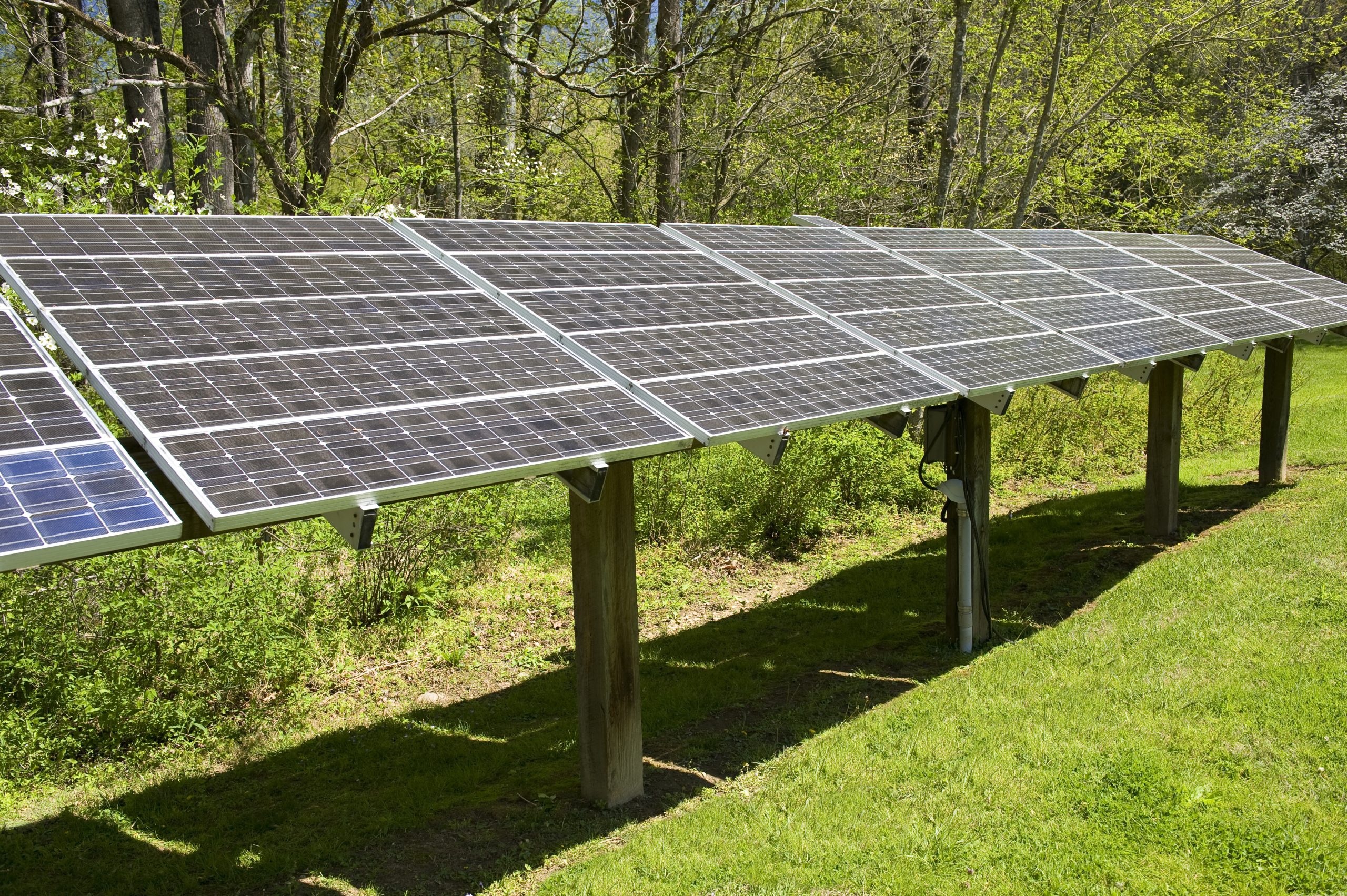Solar power is a renewable source of energy that has become increasingly popular in recent years. With the rising costs of electricity and concerns about climate change, many people are turning to solar power as a way to reduce their carbon footprint and save money on their utility bills. In this blog post, we will discuss how you can install your own solar panels and save money with these simple steps.

Introduction to Solar Power and Its Benefits
Solar power is generated by harnessing the energy from the sun through photovoltaic cells. These cells convert sunlight into direct current (DC) electricity, which is then converted into alternating current (AC) electricity that can be used to power your home or business. Solar power has numerous benefits, including:
Lower electricity bills: Once you have installed your solar panels, you will generate your own electricity, meaning you will need to purchase less from the grid.
Reduced reliance on fossil fuels: By using solar power, you can reduce your dependence on non-renewable sources of energy such as coal and natural gas.
Environmental benefits: Using solar power reduces greenhouse gas emissions, making it an environmentally friendly option.
The Cost of Installing Your Own Solar Panels
While installing your own solar panels may seem expensive upfront, it can actually save you money in the long run. The cost of installation varies depending on factors such as the size of your system and where you live. However, there are several incentives available that can help offset the initial costs, including tax credits and rebates. Additionally, the cost of solar panels has decreased significantly over the past decade, making them more affordable than ever before.
Choosing the Best Solar Power Generator for Your Needs
When choosing a solar power generator, there are several factors to consider. These include:
The amount of energy you consume: If you use a lot of energy, you will need a larger system to meet your needs.
The location of your property: You will want to choose a system that is suitable for your climate and weather conditions.
Budget: You will need to balance the cost of the system with its potential savings.
How to Install Your Own Solar Panels in 5 Simple Steps
Installing your own solar panels may seem daunting, but it can be done with just a few tools and some basic knowledge. Here are five simple steps to follow:
1. Determine the best location for your solar panel array. This should be a spot that receives maximum sunlight throughout the day.
2. Mount the solar panels onto a sturdy structure, such as a roof or pole. Make sure they are securely fastened and angled towards the sun.
3. Connect the wiring between the solar panels and the battery bank. Use high-quality cables to ensure efficient transfer of electricity.
4. Add batteries to store excess energy produced by the solar panels. Deep cycle batteries work well for this purpose.
5. Test the system to make sure everything is working correctly. Adjust any settings as necessary to optimize performance.
Renewable Energy: What It Is and Why You Should Care
Renewable energy refers to sources of energy that are replenished naturally and do not harm the environment. Examples include wind, hydroelectric, geothermal, and biomass energy. By using renewable energy sources like solar power, we can reduce our dependence on non-renewable resources and protect the planet for future generations.
Maintaining Your Solar Batteries and Extending Their Life
To maintain your solar batteries and extend their life, you should perform regular maintenance tasks such as cleaning the terminals and checking the water levels in flooded lead acid batteries. Avoid discharging your batteries too deeply, as this can shorten their lifespan. Finally, consider investing in a battery management system to monitor your batteries’ health and maximize their efficiency.
Leave a Reply